



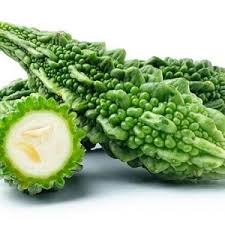
| Crop Detail Bitter gourd is a tropical and subtropical vine of the family Cucurbitaceae, widely grown in Asia, Africa and the Caribbean for its edible fruit. Its many varieties differ substantially in the shape and bitterness of the fruit. This herbaceous, tendril-bearing vine grows up to 5 m (16 ft) in length. It bears simple, alternate leaves 4-12 cm (1.6-4.7 in) across, with three to seven deeply separated lobes. When the fruit is fully ripe, it turns orange and mushy, and splits into segments which curl back dramatically to expose seeds covered in bright red pulp. In Pakistan, known as karela in Urdu speaking areas and Bangladesh, known as korola in Bengali bitter gourd is often cooked with onions, red chili powder, turmeric powder, salt, coriander powder and a pinch of cumin seeds. Another dish in Pakistan calls for whole, unpeeled bitter melon to be boiled and then stuffed with cooked minced beef, served with hot tandoori bread, naan, chappati, or with khichri (a mixture of lentils and rice). |
|
| Major/Minor | Major |
|---|---|
| Temporary/Permanent | Temporary |
| Category | Agriculture Extension |
| Type | Vegetables |
| Crop Climate Title | Tropical |
| Crop Water Method Title | Irrigated |
| Crop Duration | Perennial |
| Crop Economic Title | Food Crop |
| Crop Growing Season | Kharif / Rainy / Monsoon Crops |
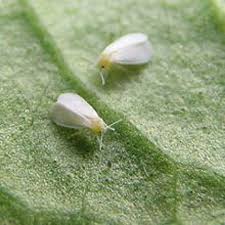
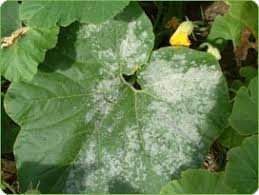
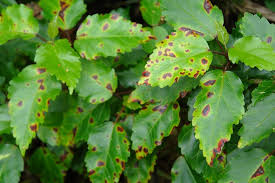

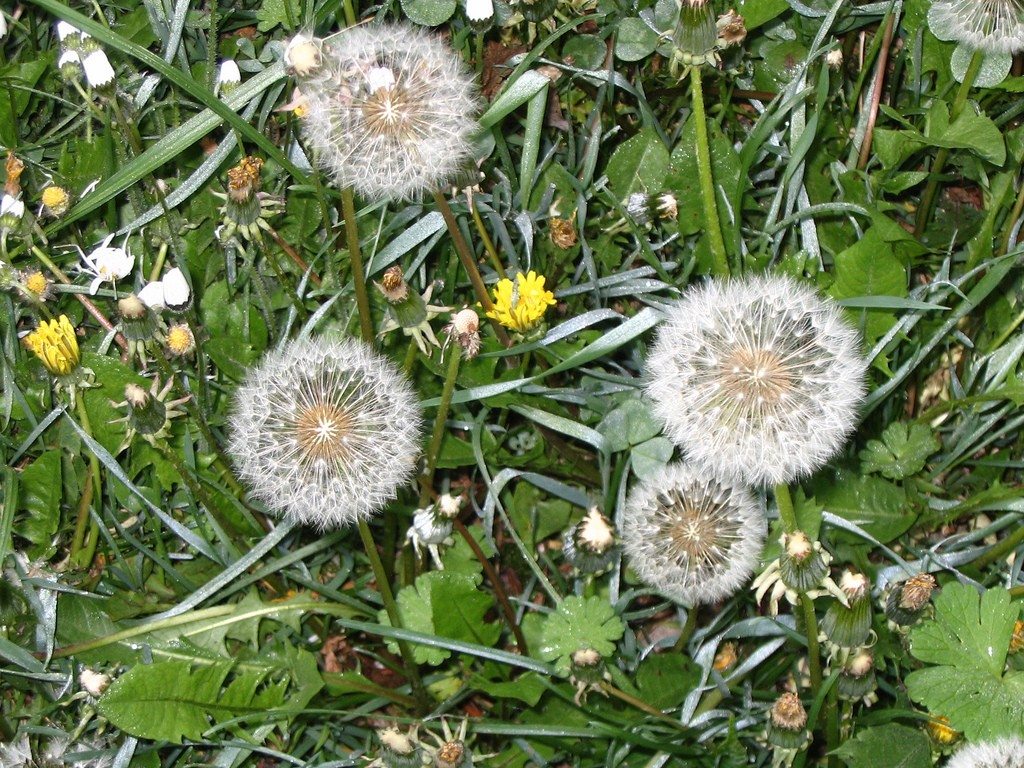

| Name | Seed Rate |
|---|---|
| Local varities لوڪل جنسون | 3-3 1/2 kg/ acre |
| Hybrid ولائتي | 3-3 1/2 kg/ acre |